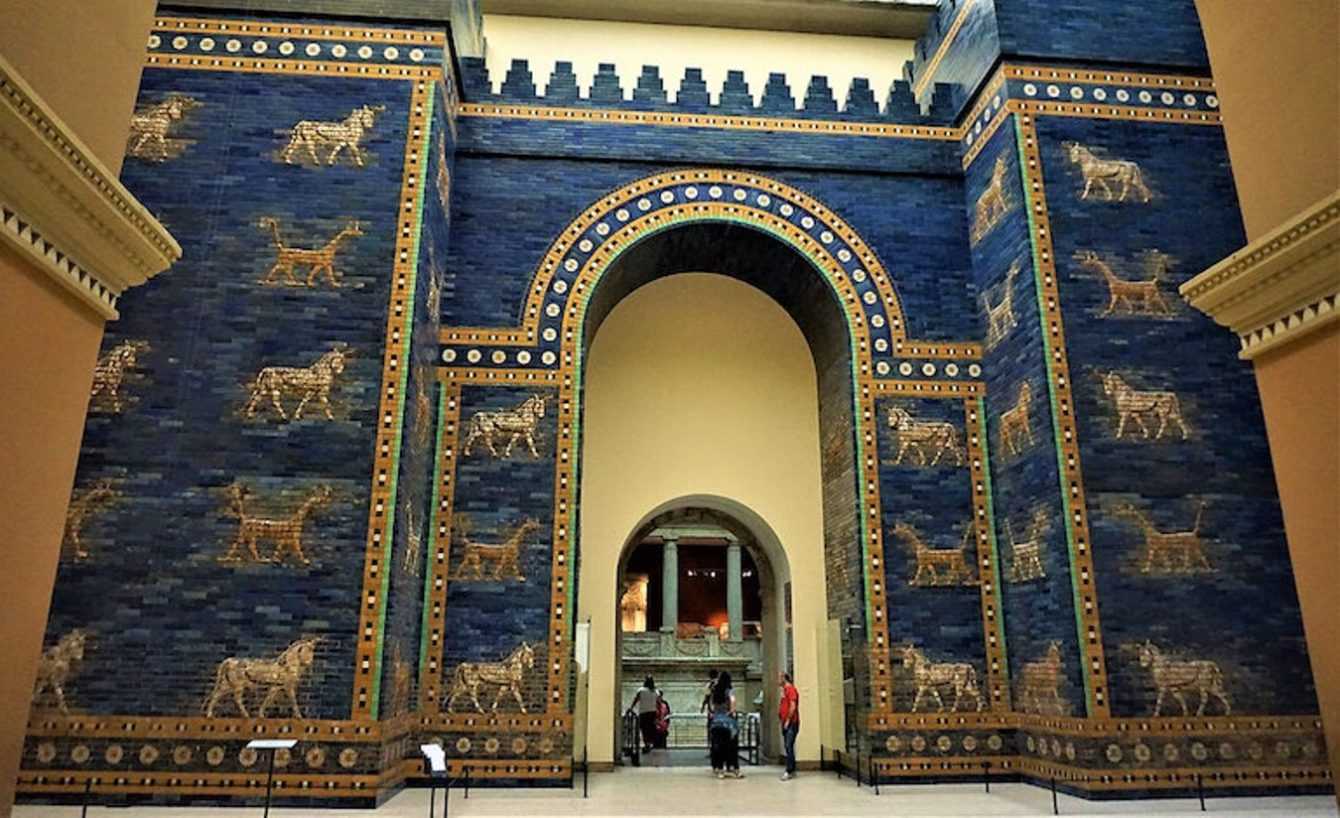A new study helps us unravel the mystery surrounding the Gate of Babylon, located at the Pergamon Museum in Berlin
The Gate of Babylono Ishtar Gate, is an ancient monument that has fascinated historians and archaeologists for centuries. Built by order of Re Nebuchadnezzar II (605-562 BC) in honor of the goddess Ishtar, the gate is famous for its blue glaze-coated terracotta bricks and bas-reliefs. Today, the monument is kept in Pergamon Museum Of Berlin. Recently, an international team of researchers, including members ofNational Institute of Geophysics and Volcanology (INGV)he used archaeomagnetism techniques to investigate the mystery surrounding the construction of the door. They analyzed microscopic fragments (less than 3 millimeters) from five bricks, each belonging to one of the three construction phases identified by previous archaeological excavations. The objective was to understand if there was a temporal correlation between the different phases of construction of the gate and the outcome of the wars conducted by the Babylonian king. If the bricks had been produced at the same time, they would have registered the same intensity as magnetic field. On the contrary, if the construction phases had been subsequent, a variation in the strength of the magnetic field would have been recorded.

Gate of Babylon, the technique used for the study
Babylon it was protected by a wall of almost 18 km with a double internal quadrangular wall that defended the town. In this wall there were 8 doors. The Greek historian Herodotus He described Babylon thus:
The greatness of the fortifications of Babylon is this; it is adorned like none of the other cities we know.
Anita Di Chiara, INGV researcher and co-author of the article “An archaeomagnetic study of the Ishtar Gate, Babylon” published in the journal Plos One, explains:
The samples were analyzed with the archaeointensity technique, i.e. the analysis of the strength of the Earth’s magnetic field left ‘impressed’ in the bricks at the time of their manufacture.
The archaeomagnetic dating normally presents uncertainties of centuries, since the variations of Earth’s magnetic field they are very slow. However, in the case of Gate of Babylon there is a field anomaly, the so-called “Iron Age anomaly”, which saw the intensity of the Earth’s magnetic field vary very rapidly over a few centuries.
Continue reading techgameworld.com so you don’t miss the latest science-themed content, but not only that. Follow all the updates!
















Leave a Reply
View Comments